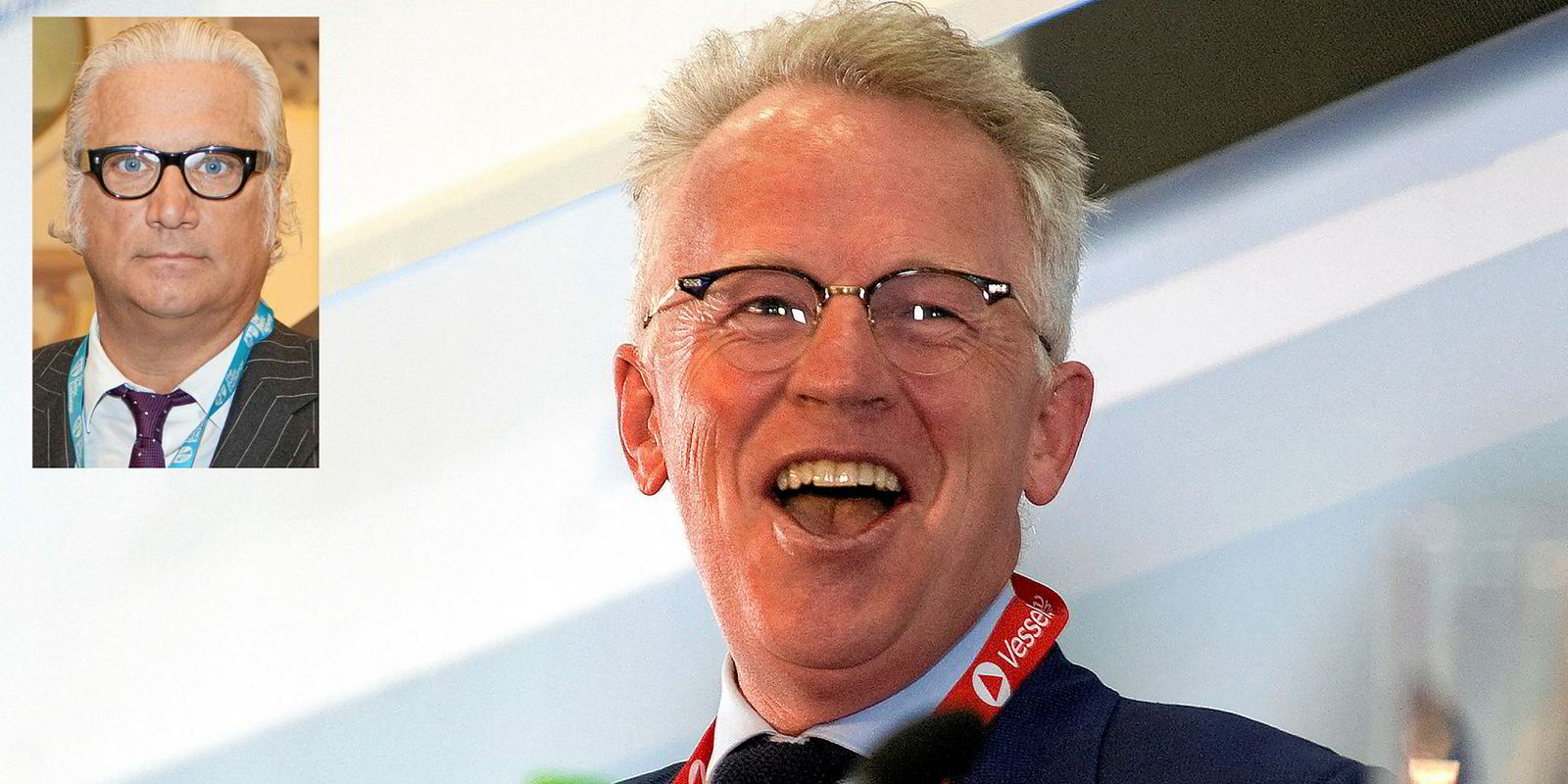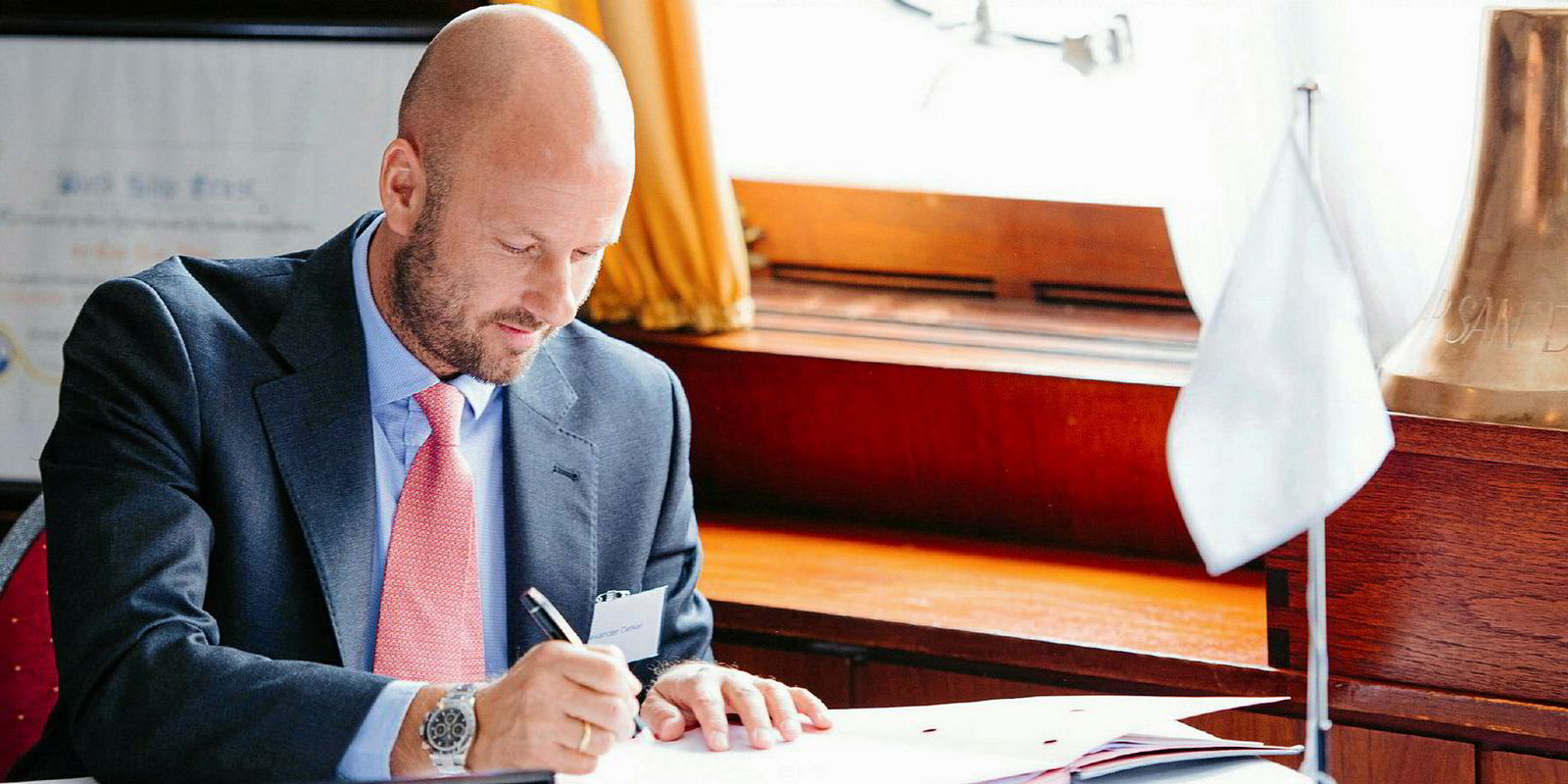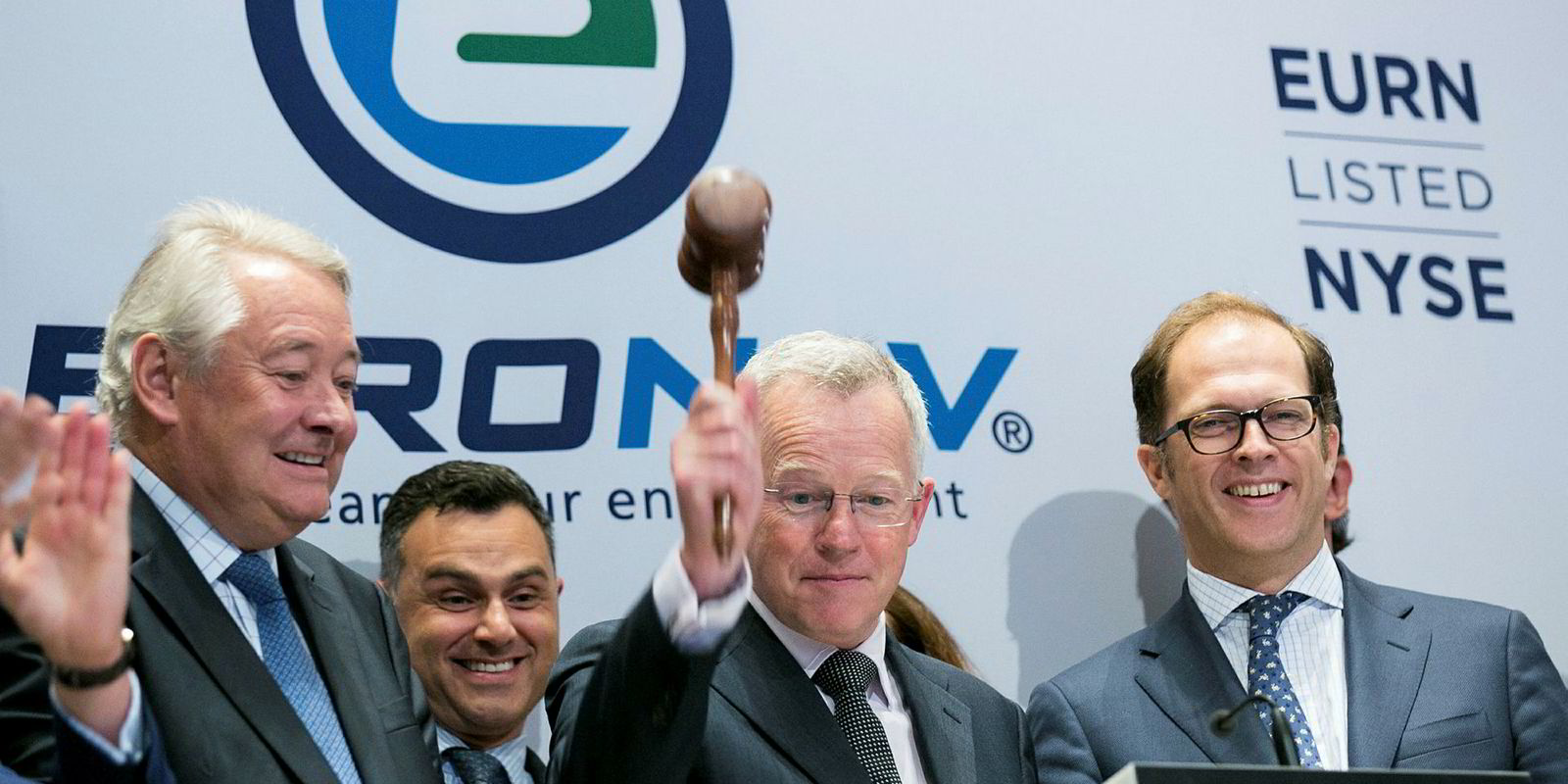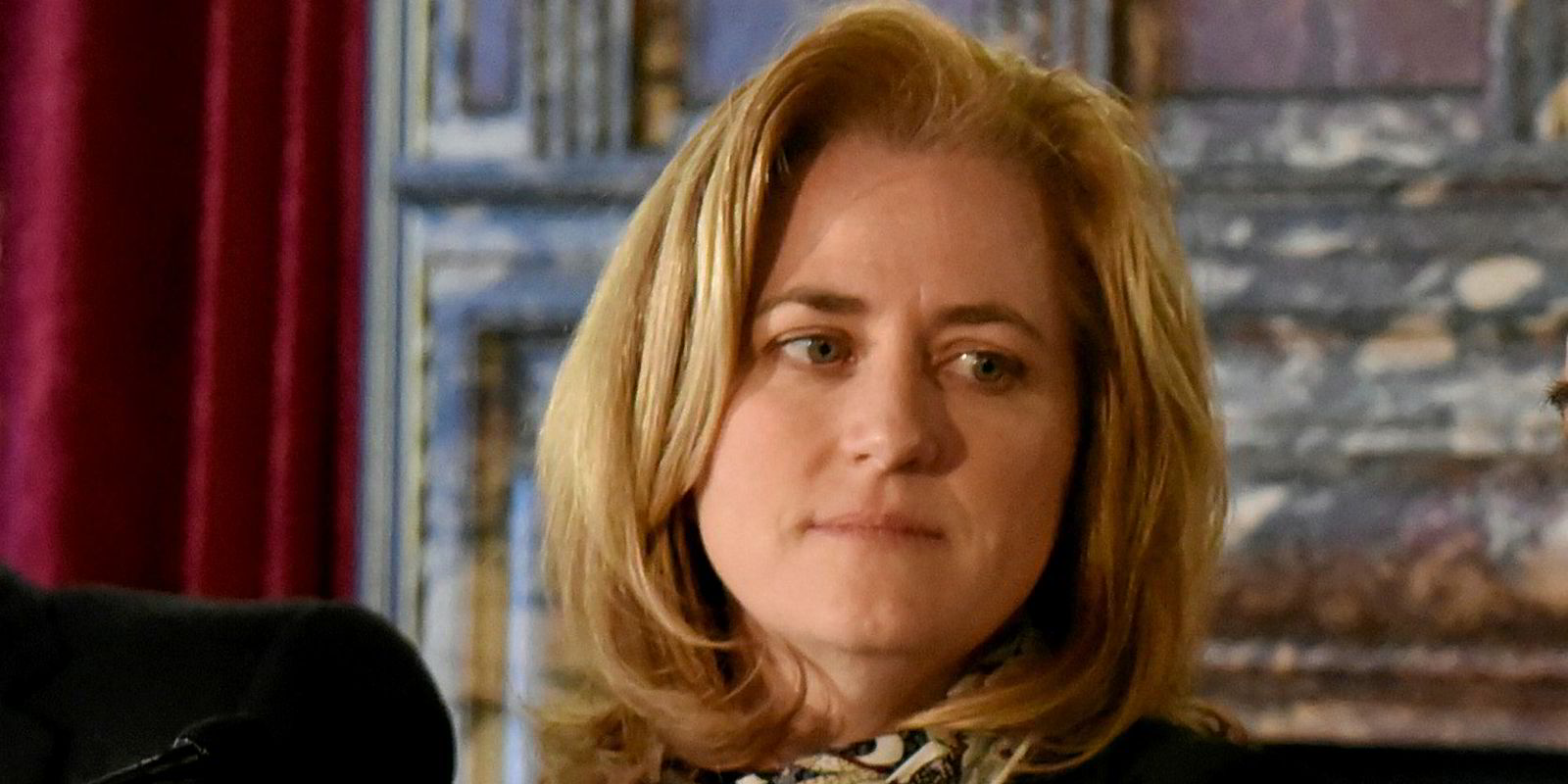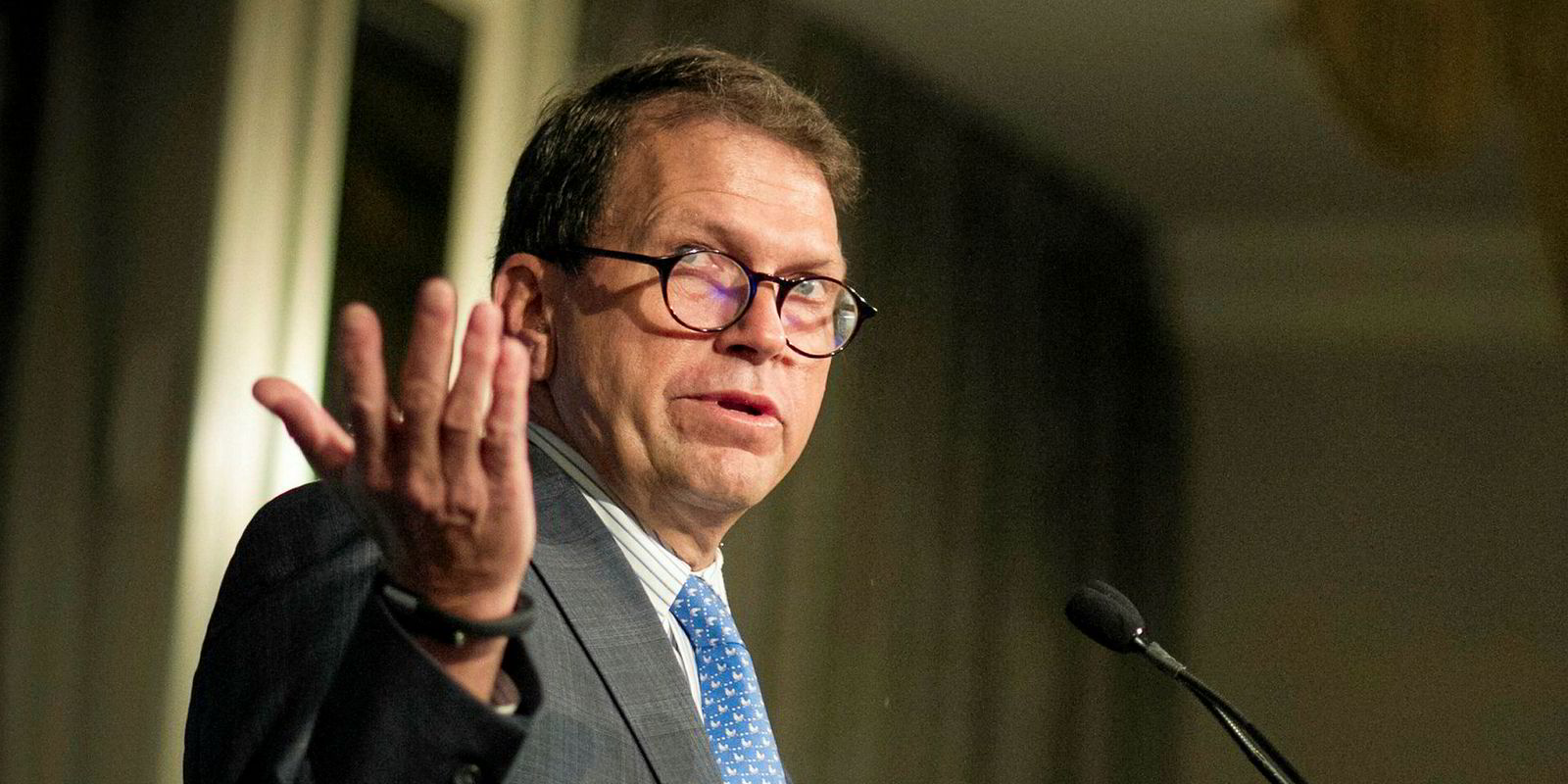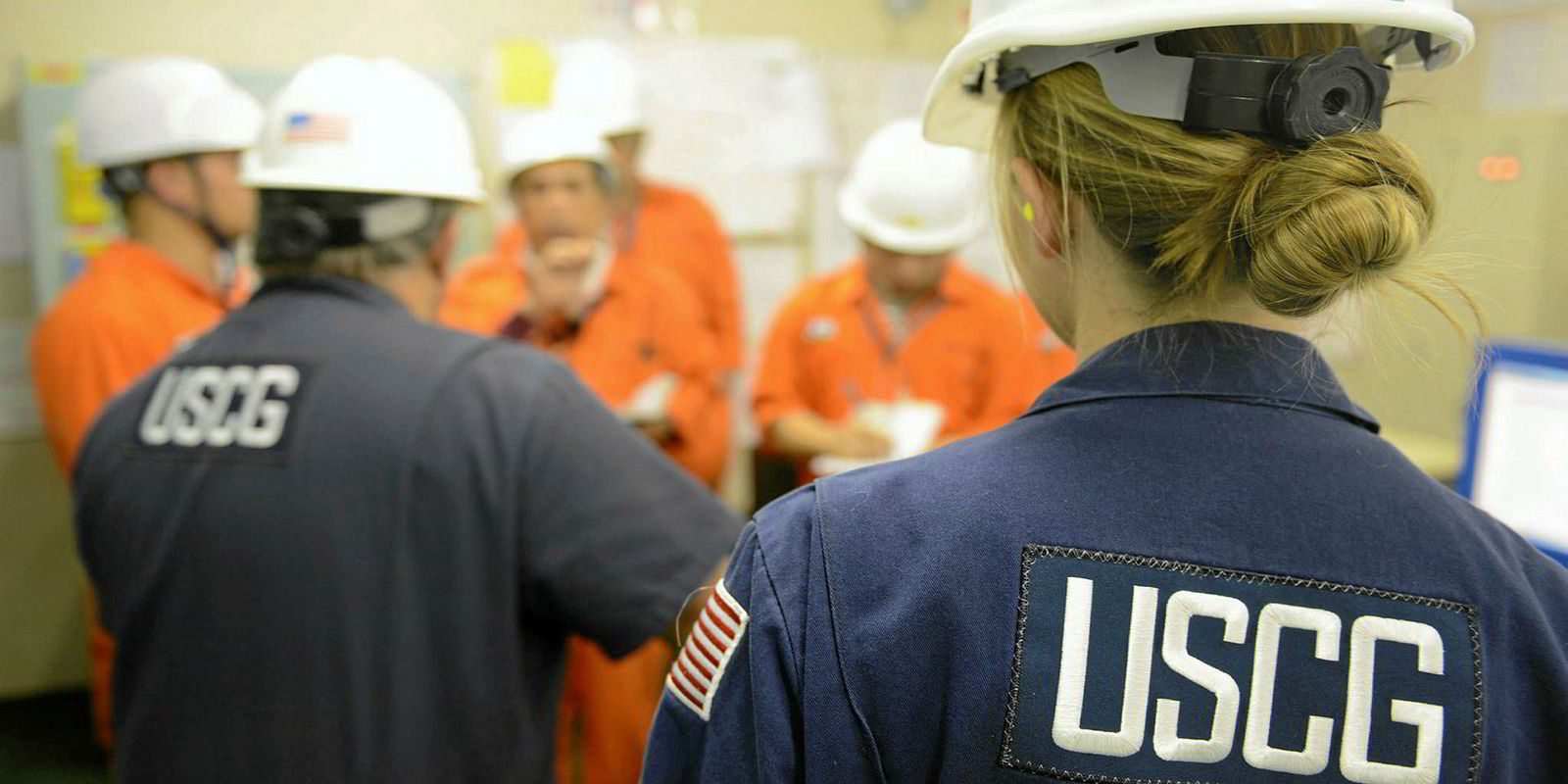Management of New York’s Gener8 Maritime had a plan last spring. Chief executive Peter Georgiopoulos had secured significant capital commitments and persuaded his board — composed largely of private equity funds — to allow him to make a merger pitch to rival tanker owner Euronav.
Gener8’s management team jetted off to meetings in Europe with a proposal: combine into one bigger operator under joint management and board structure. The deal would be premised on each owner’s net asset value.
Euronav considered the proposal but passed on it. Then it made its own move.
By summer 2017, Euronav was approaching the financial funds backing Gener8 directly, without going through Gener8 management.
Euronav’s alternative would not require the equity funds to source capital for the deal — Euronav would handle that. But the surviving management team and board would also come from the European owner.
This move was the genesis of what would become the pre-Christmas announcement of Euronav’s $504m takeover of Gener8 in an all-shares transaction generally viewed as shipping’s M&A deal of 2017. Euronav has declined to comment on events leading to the deal, saying it will give an account in a future public filing.
Although details of the back-and-forth negotiations between the two camps were not fully known at the time, questions quickly arose about whether the market was seeing a template for things to come.
That is, as more private equity players that rushed into shipping in 2011-13 approach the end of their funds’ investment lives, are future decisions going to be made by “smart money” rather than shipping management teams that have been notoriously resistant to mergers?

Circumstances behind the Euronav-Gener8 deal seem to suggest the answer is “yes”. But that narrative probably doesn’t fully credit the number of fund-driven transactions and decisions already undertaken.
One obvious example is Scorpio Tankers’ acquisition of Navig8 Product Tankers for $1.1bn in a shares-and-cash deal that closed in August.
That sale was “stimulated by a need for private equity to exit” its investment in Navig8, according to Andrew Bednar, a partner in the asset-management firm Perella Weinberg, which advised Scorpio.
Navig8 had traded on the Norwegian over-the-counter exchange but had not been able to advance to a full listing in New York, where Scorpio trades.
Investors faced “a fairly significant cash drain and the requirement to put in more capital”, while “the ability to exit through an IPO was quite limited”, Bednar told a finance conference in November.
Perhaps less prominent in observers’ minds are a pair of deals pulled off by Teekay Tankers.
Private equity’s Apollo Global Management was one of the first investors in shipping with its backing of Principal Maritime in 2010. But by 2015 it was looking for a way out, culminating in a $662m fleet sale to Teekay Tankers.
Teekay Tankers’ second swoop came last year, taking over the $500m fleet of sister company Tanker Investments in an all-shares deal. Despite the familial relationship, the deal was motivated by outside investors in Tanker Investments that wanted out, sources indicate.
Other decisions have not involved outright M&A. In March 2014, Wall Street legend Wilbur Ross pulled the IPO of his Diamond S Shipping because the offering price was below what he considered its net asset value. But it is widely thought that management wanted to take the money and go public, even at $1 per share below Diamond’s target range. Diamond S remains a private company today.
There has also been a flurry of activity recently in the depressed chemical tanker sector, reflecting either an exit by funds or an unwillingness to inject new capital.
Even if such cases demonstrate that private equity’s muscle-flexing didn’t start with Gener8, the question remains to what extent that high-profile case will be replicated.
Will financial funds that are losing their patience force more action?
A review of how Gener8 came to its likely end may illustrate the factors that lead many to think more is to come.

“Peter [Georgiopoulos] was one of the first guys to raise private equity, and he was able to get investors out in three to five years,” says one source, alluding to the initial results of General Maritime in tankers (2001 IPO) and Genco Shipping & Trading in bulkers (2005).
Those initial bets were hugely profitable for backers such as Oaktree Capital Management. Oaktree showed its belief in Georgiopoulos as it ultimately became the largest holder of Genmar successor Gener8 through a bankruptcy reorganisation, a merger and a subsequent IPO in 2015.
Other private equity funds also jumped in around the time of Genmar’s 2011-12 Chapter 11 reorganisation. Large holders with seats on the seven-member board include Avenue Capital, BlueMountain Capital and Aurora Capital Group, as well as Oaktree.
“The time frame is approaching seven years now for some of the current investors,” says the source. “Some of these guys lost money and they needed a path to liquidity. They needed a bigger company, and whatever that took, they were going to do.
“None of these guys ever thought they were going to be around this long [as stakeholders]. What it comes down to is they want out. It’s not personal, it’s the game.”
Investors in Genmar/Gener8 stayed around as long as they did hoping to see the stock take off, which did not happen after the June 2015 IPO — the last mainstream flotation in shipping.
From a $14 deal price, Gener8 has since seen the share close at or above that number on just nine days, all in the first five weeks after the issue.
Gener8 was trading at $4.37 per share when Euronav revealed its offer, which values the New York company at a relatively generous $5.89.
Veteran banker and tanker owner Morten Arntzen says Gener8 and its financial backers could not recover from the high prices it paid for VLCCs in 2014-15.
“To make double-digit returns in shipping, as all private equity firms aim to do, you need to get your acquisition timing perfect,” he says, noting that financial “carries” can amplify profits when that is the case.
“The purchase of seven Scorpio Tankers VLCCs in 2014 for $105m apiece permanently ruined the carry math, and they have watched the market and normal depreciation reduce the value of these vessels every day since.
“With the sale to Euronav, they have rescued the investment, but the ‘ups’ are long gone. This was the best they could do.”

Arntzen suggests that private equity-fuelled consolidation is a reality: “It is absolutely a serious trend and one that I think will help create better and more competitive companies. The PE firms are just doing what good owners and stewards of capital should do.”
One public-company executive also thinks the trend will spread, especially for shipowners that have private equity representation on their boards.
“Anyone whose board is dominated by private equity, and PE has been in that firm for a long time — they will be pressured, that’s the bottom line,” he says. “Companies that don’t have such directors are more free. The board presence makes all the difference.”
Owners that fit that description to varying degrees include Genco Shipping & Trading, Star Bulk and Eagle Bulk in dry cargo and International Seaways and Torm in tankers. All are companies that have gone through either a Chapter 11 bankruptcy reorganisation or an out-of-court restructuring in the past several years and came away with significant shareholdings by private equity or hedge funds.
For example, nearly 69% of Genco was held on 30 September 2017 by Centerbridge Partners, Apollo Global Management and Strategic Value Partners. The nine-member board contains two representatives from each of the three firms.
Star Bulk was controlled nearly 51% by Oaktree at the same date. Oaktree once held three of its nine board seats, although that has dropped to two of eight after one Oaktree director resigned and was not replaced.
A combined 56% of Eagle Bulk is held by Oaktree and GoldenTree Asset Management. But only GoldenTree has a right to a seat on the board, and it is not currently filled.
Torm is owned just over 64% by Oaktree Capital and has had varying levels of Oaktree presence on its board.
International Seaways is 48% owned by hedge funds Cyrus Capital Partners, Paulson & Co, BlueMountain Capital and Cobas Asset Management. Cyrus and Paulson have one seat each on the eight-member board. Seaways also has a key part in the Euronav-Gener8 deal, in that it is taking six of the VLCCs acquired from the Gener8 fleet in a side deal worth $434m.
Seaways chief financial officer Jeff Pribor, who once had the same role at Genmar, spoke with TW+ on the sidelines of the Noble Capital finance conference in Fort Lauderdale, Florida, in January.
Pribor views Euronav’s takeover as more of a continuation than a start.

“I think it’s further evidence of a trend that’s already started,” he said. “A consolidation trend has begun, and logically it will continue.
“The funds that are in our stock are long-term holders. They’re not near any investment deadlines and at this point in the cycle they’re happy to watch things improve.”
At the same conference, Genco chief executive John Wobensmith repeated a desire to grow from its current size of less than $500m market capitalisation to at least $1bn.
“We’ve looked at a lot of M&A opportunities. We haven’t found the right fit, but we’re confident we will,” Wobensmith told TW+.
“Our goal is to be the surviving company. Our goal is to be the bellwether. Our goal is to grow and acquire.
“All three [of Centerbridge, Strategic Value Partners and Apollo] are on our board. The board in general helps develop strategy, and our directors have been additive to management, helpful to management.”
Still, not all reviews of the fund investors are quite so positive. One public executive admits he has no idea when they might need to exit his company.“They would never tell me that — and if they did, I couldn’t tell you,” he says.
Another complains that fund executives do not always make decisions based on what is happening with the company or even with shipping.
“This is where investor interests a lot of times diverge from shipping interests,” this executive says. “They’ve invested in your company but they’ve also shorted the price of chewing gum in Indonesia.
“You don’t always know when a decision they’re making on you is based on something else going on in their portfolio.”
As a rule of thumb, he says, most funds want to be out of their shipping bets within five years. “The outside number is usually seven, with a few able to go 10.”
While the exact timing may be kept purposely murky, the bottom line is that funds will find a way out.
“If people who need to get out January 1, 2019 have a majority on your board, they will make sure they get out by then,” says one public-company executive. “If they have a minority on your board, then they may ask nicely if something can be done to get them out.
“But I think everyone with significant private equity investments wants to do things to help them get out. Because they’re going to do it, and they can get out clean or they can get out messy. And it’s to everyone’s interest that it not be the latter.”
